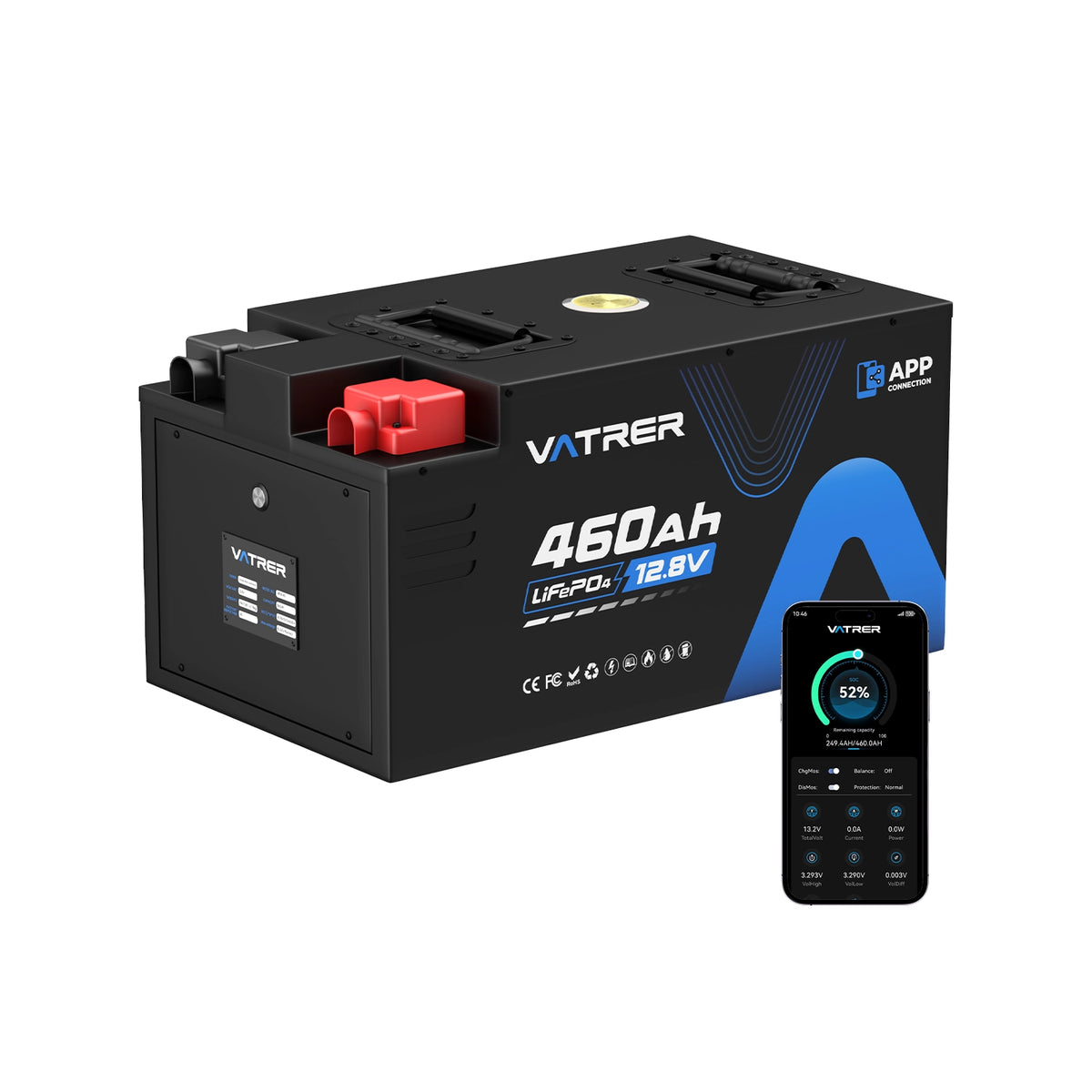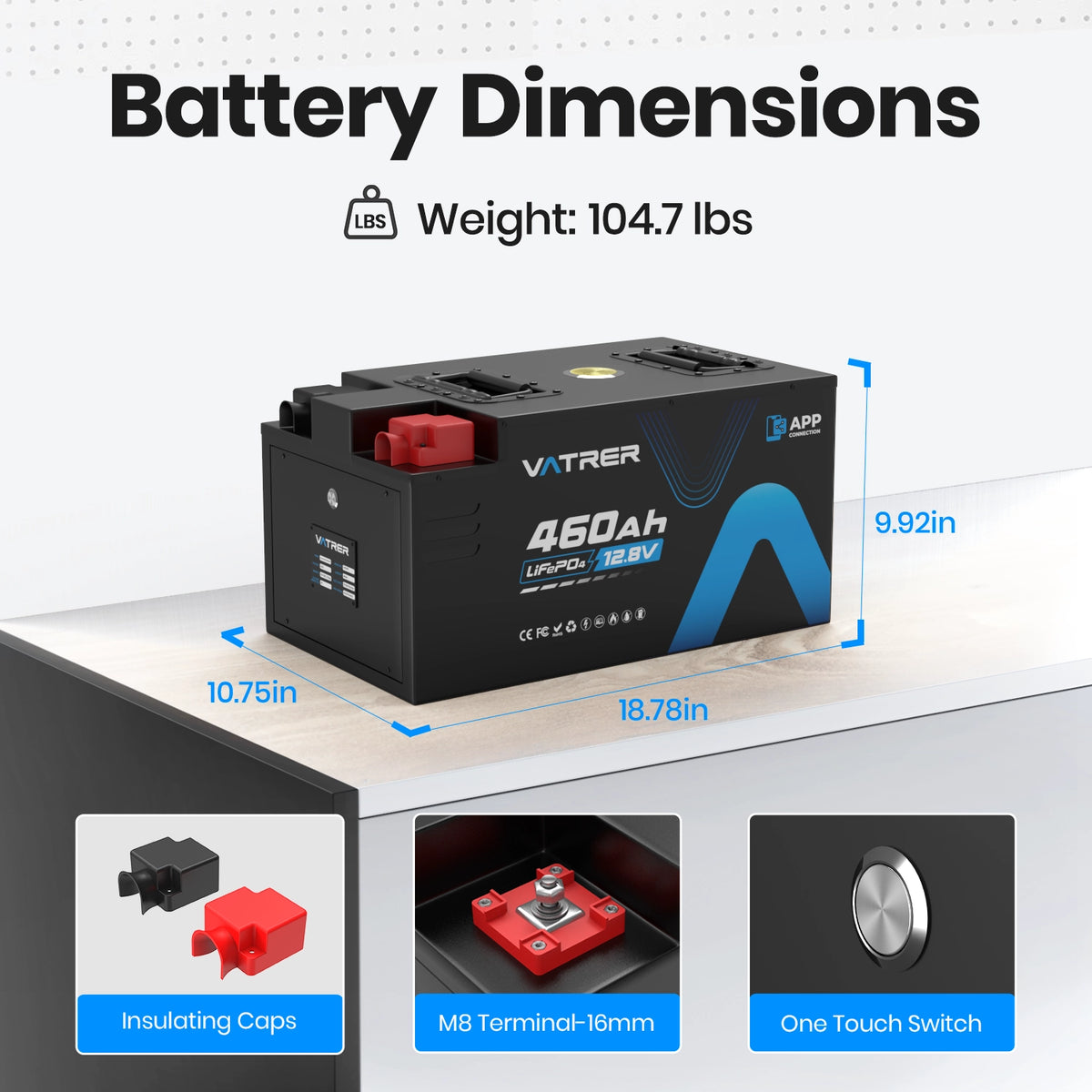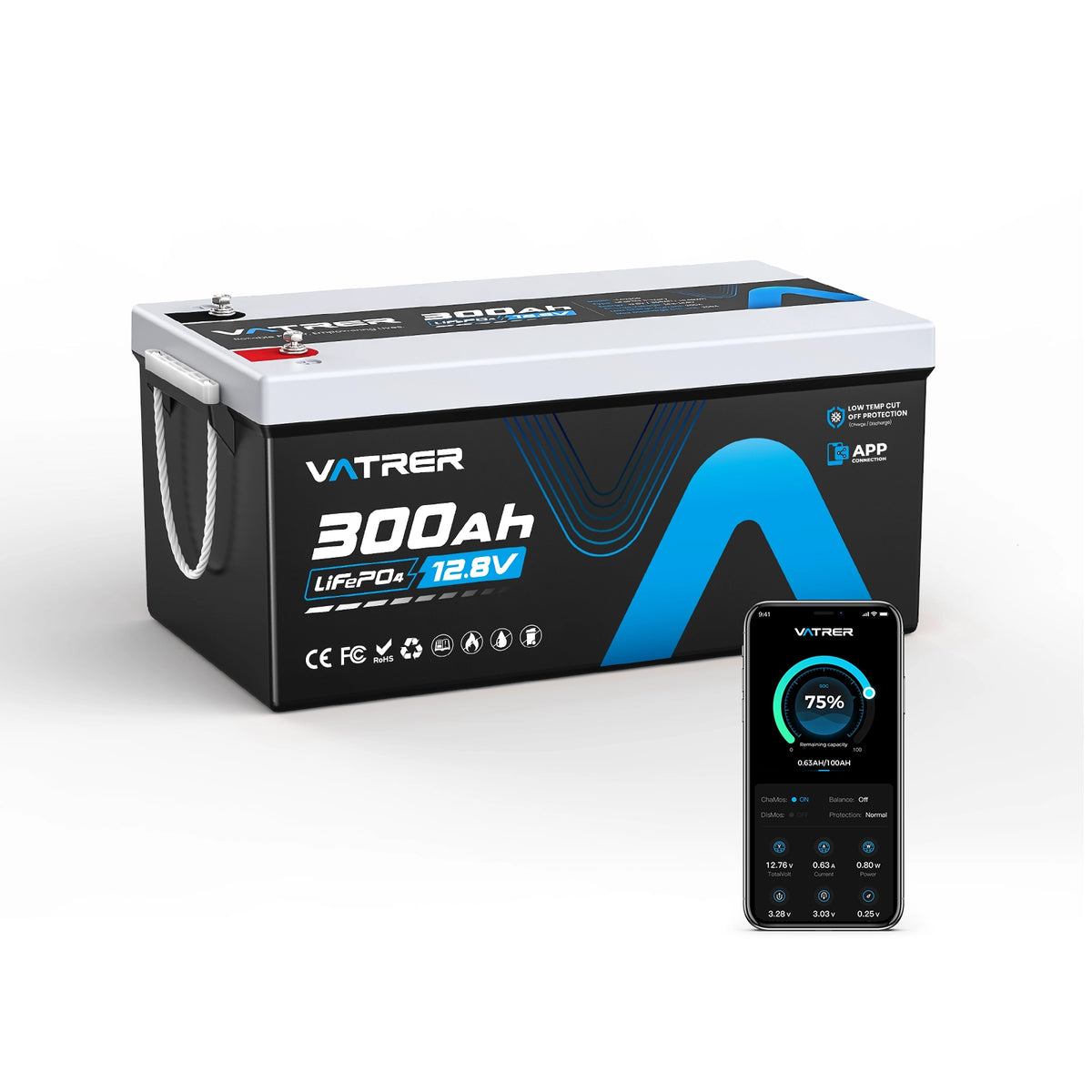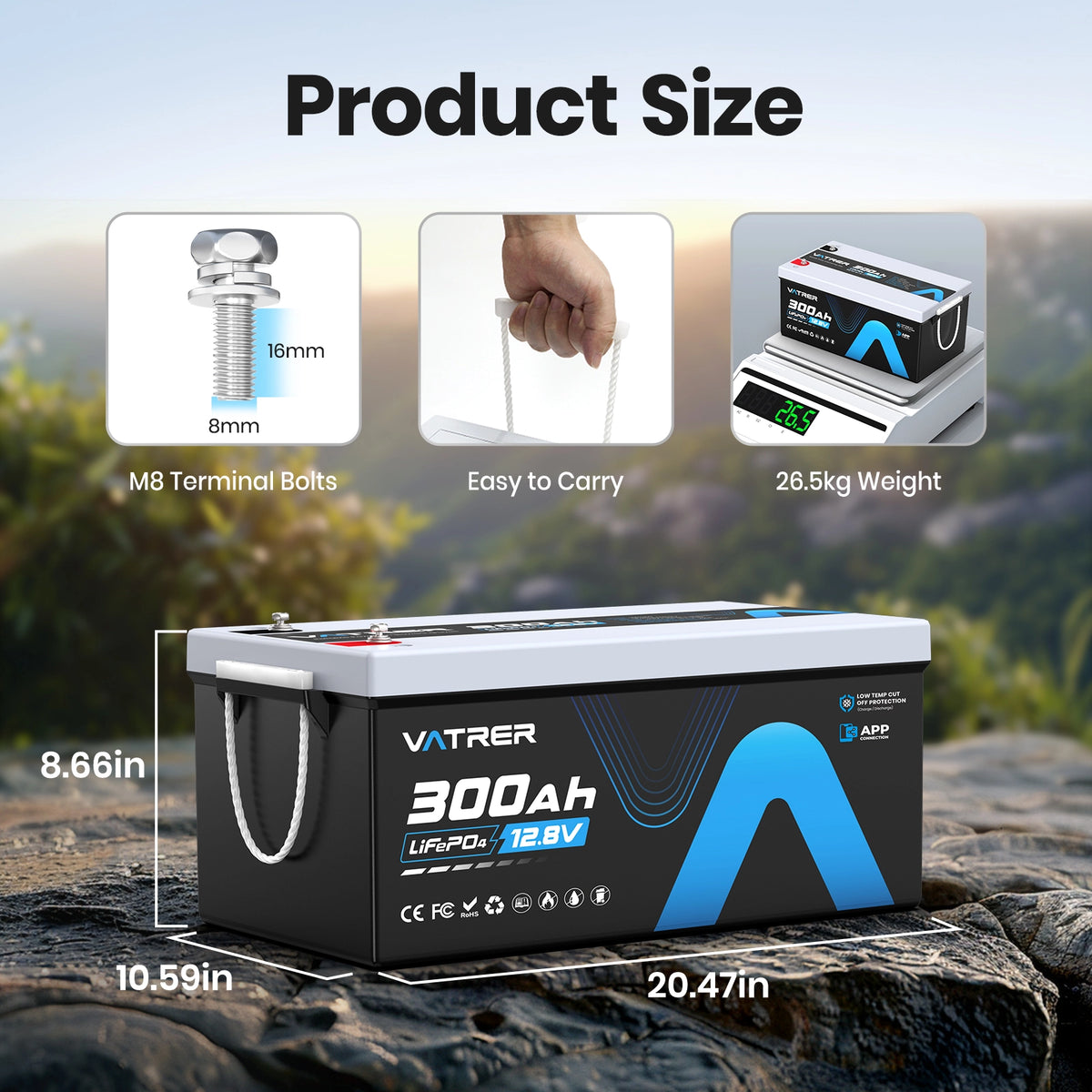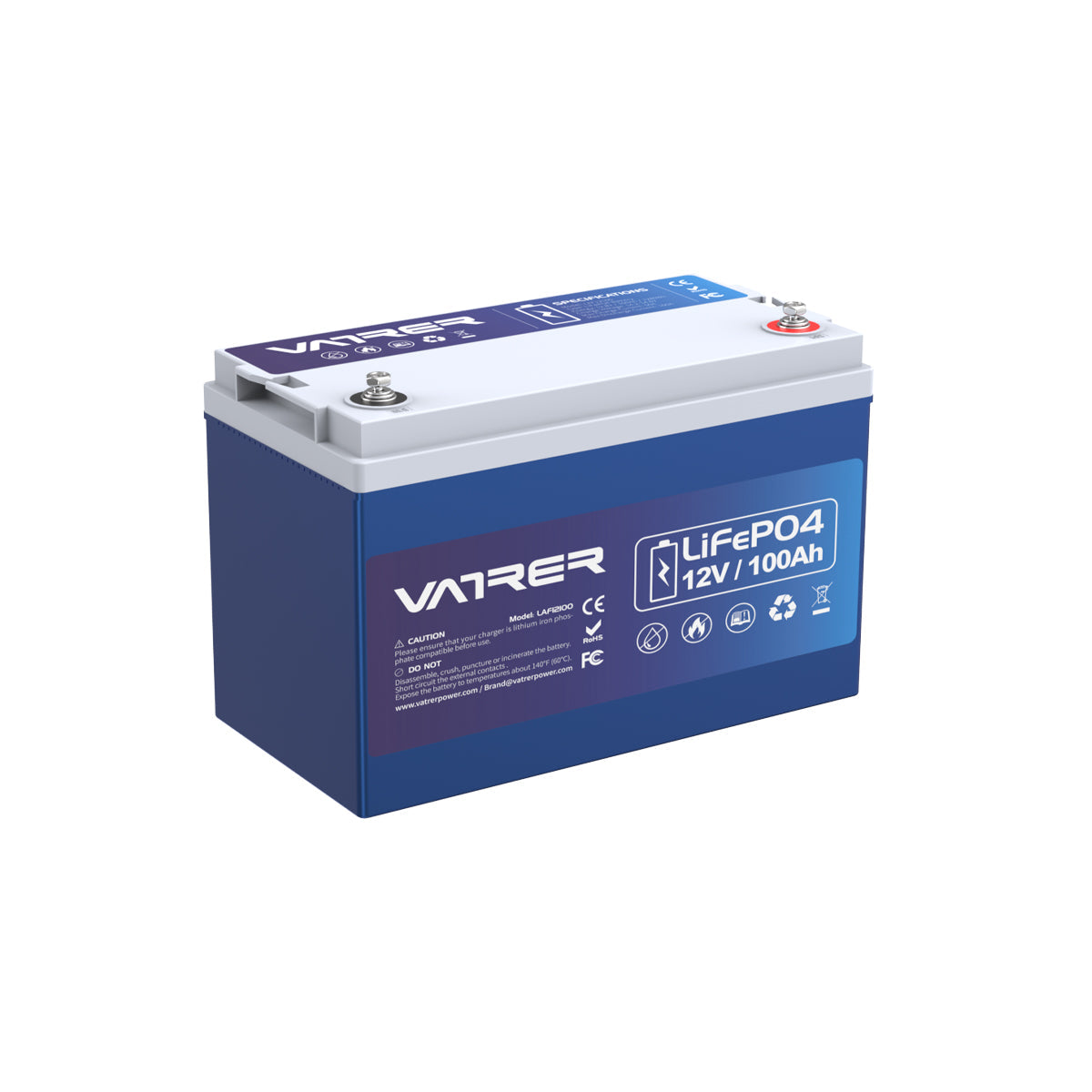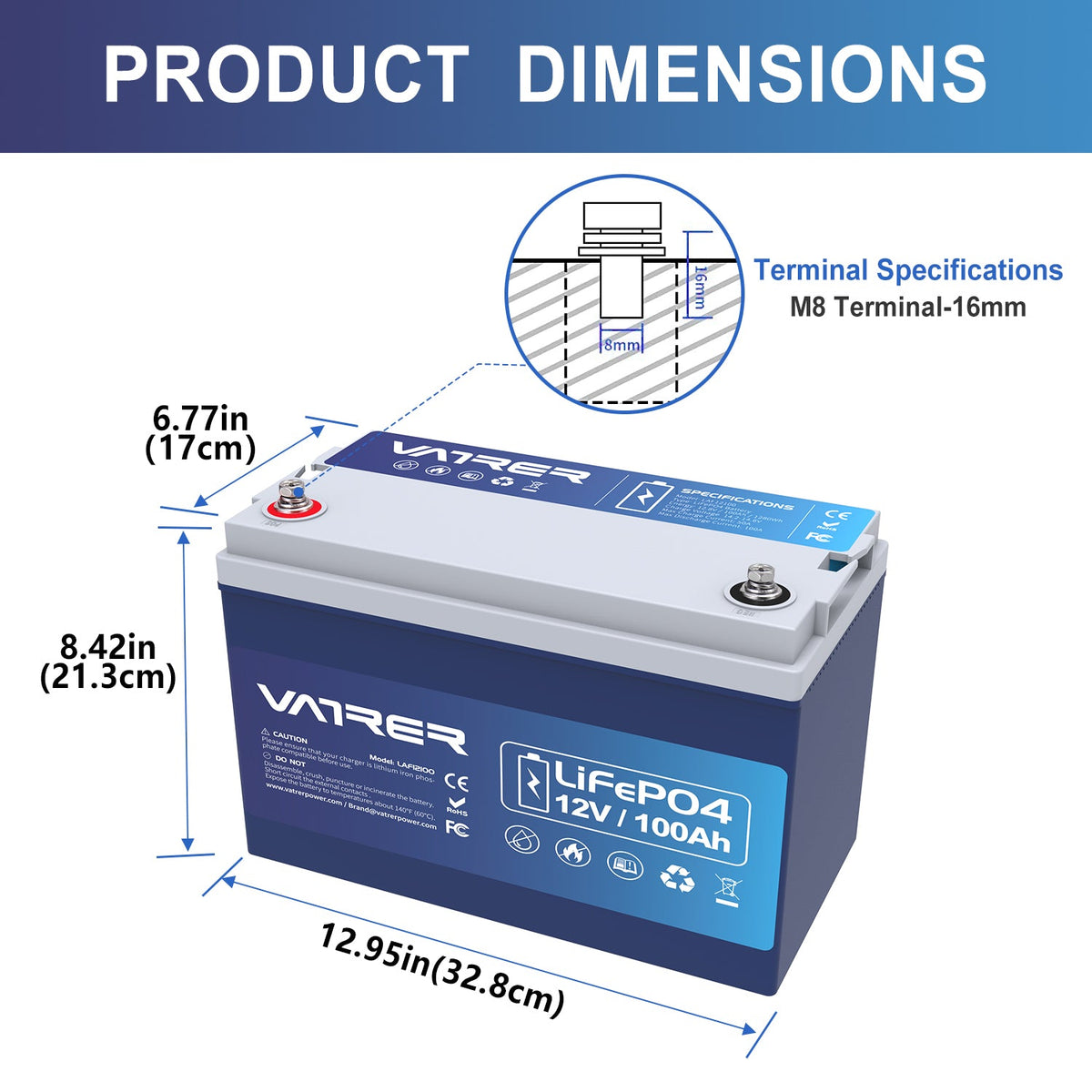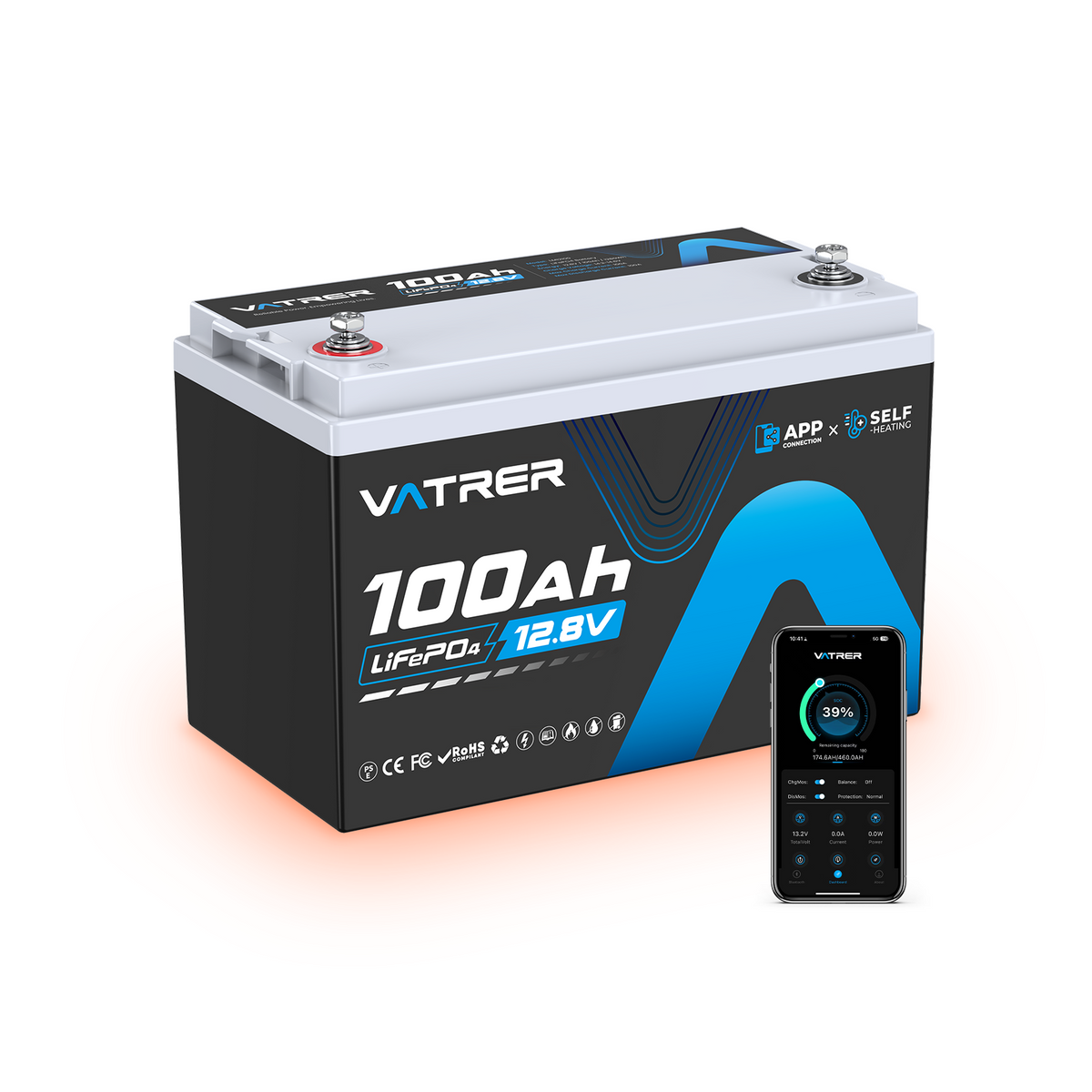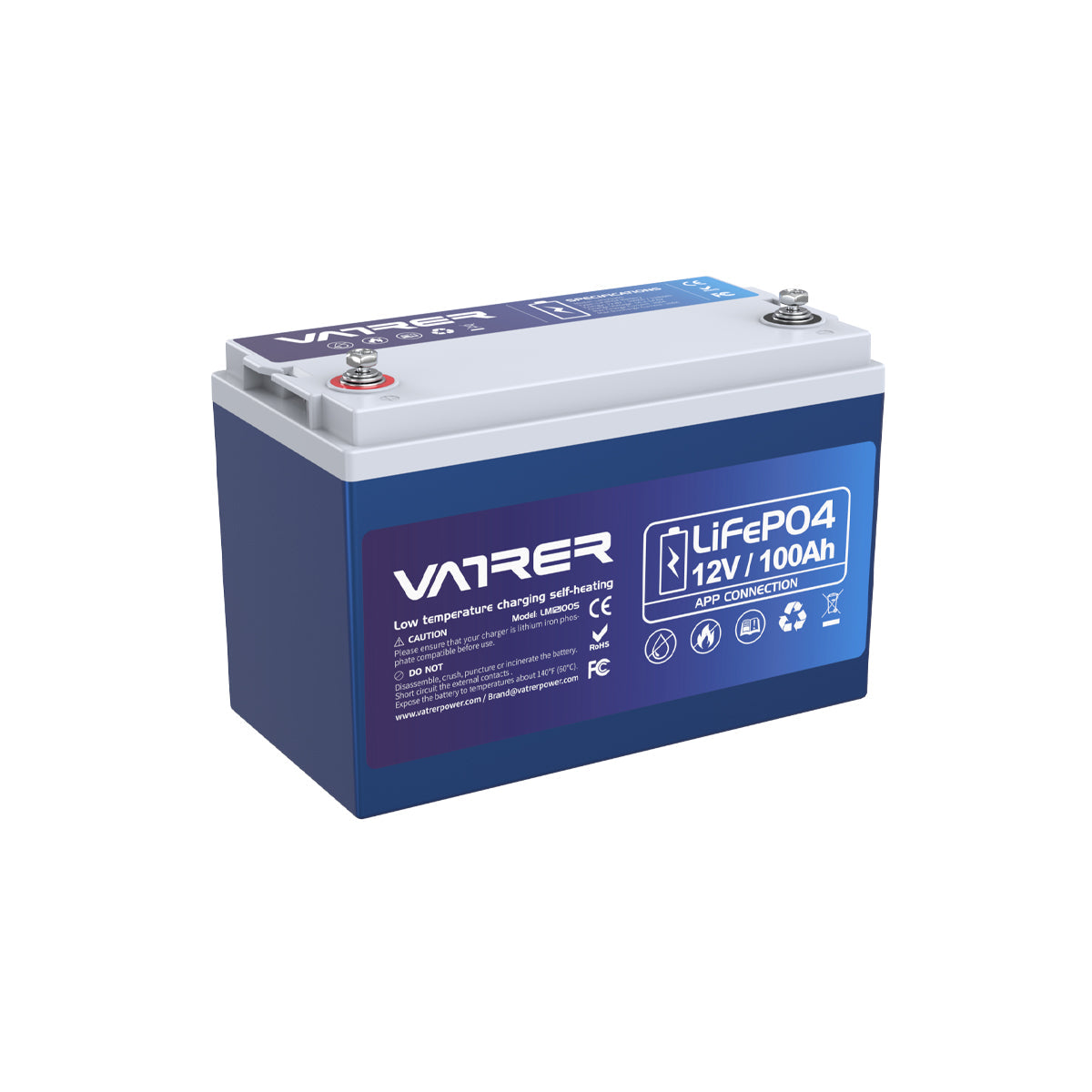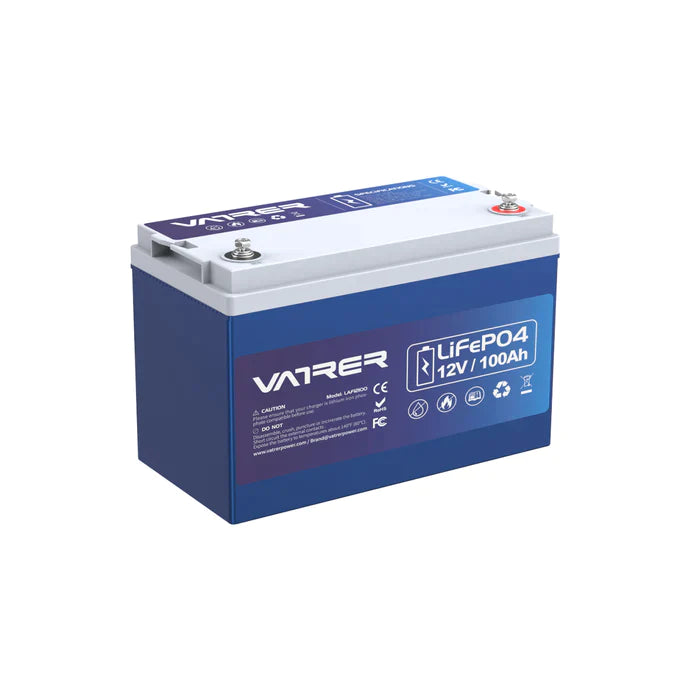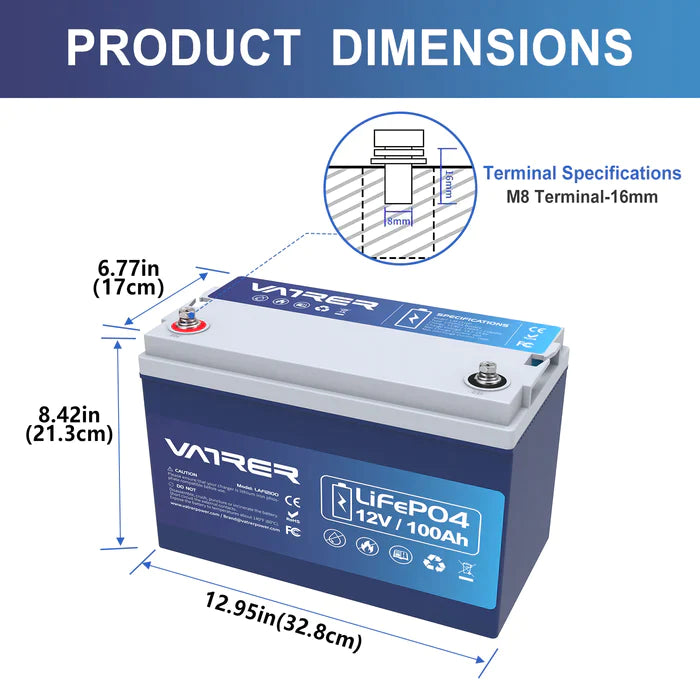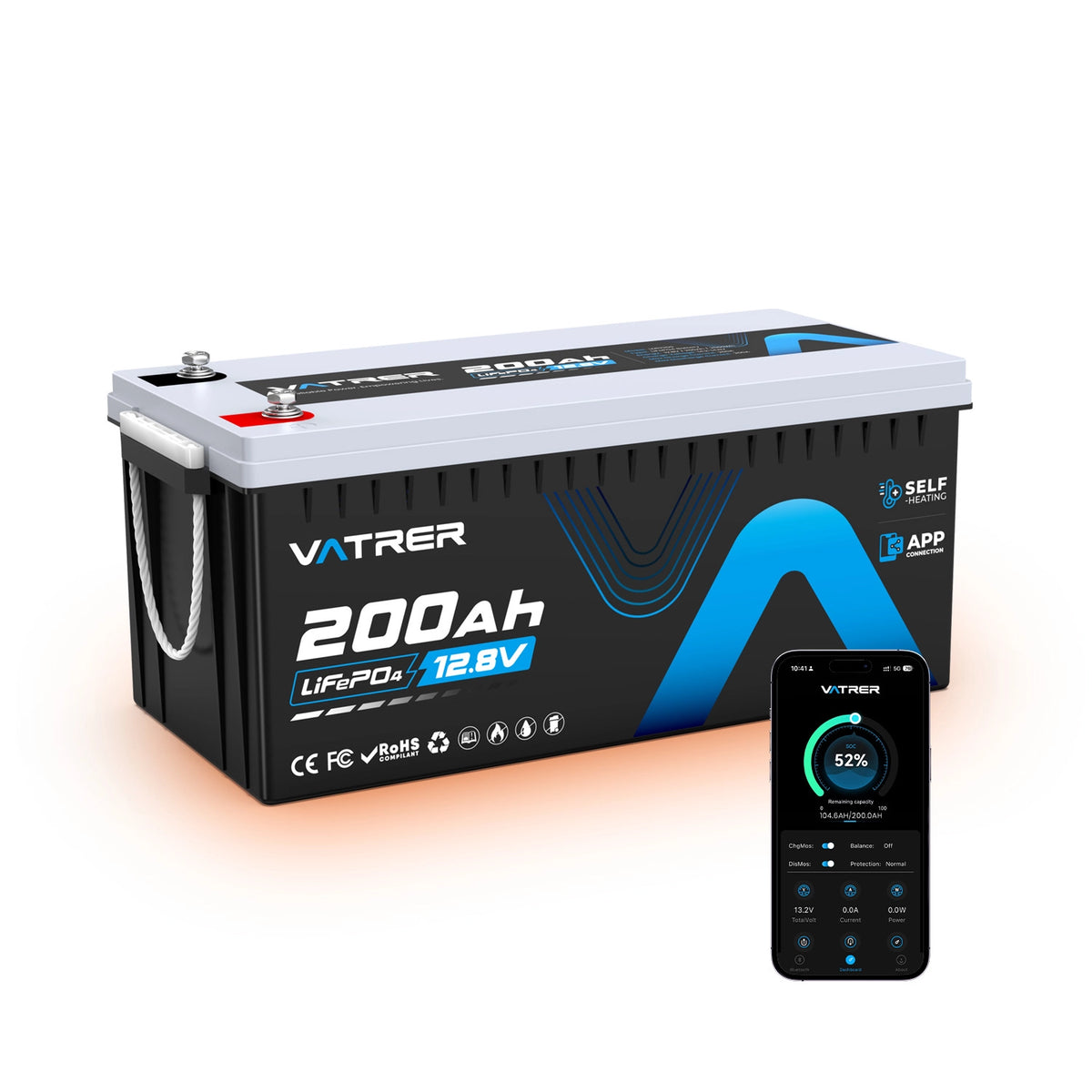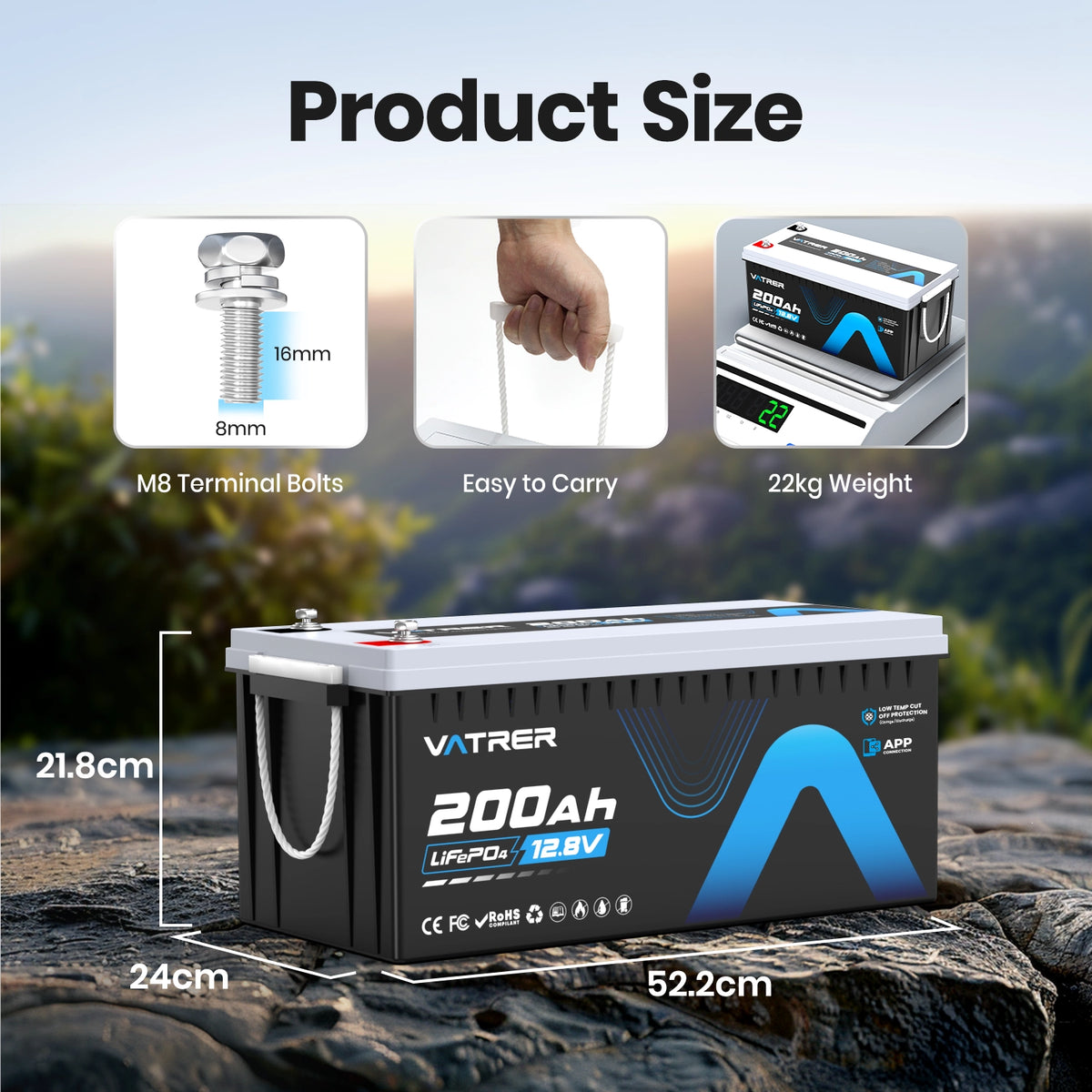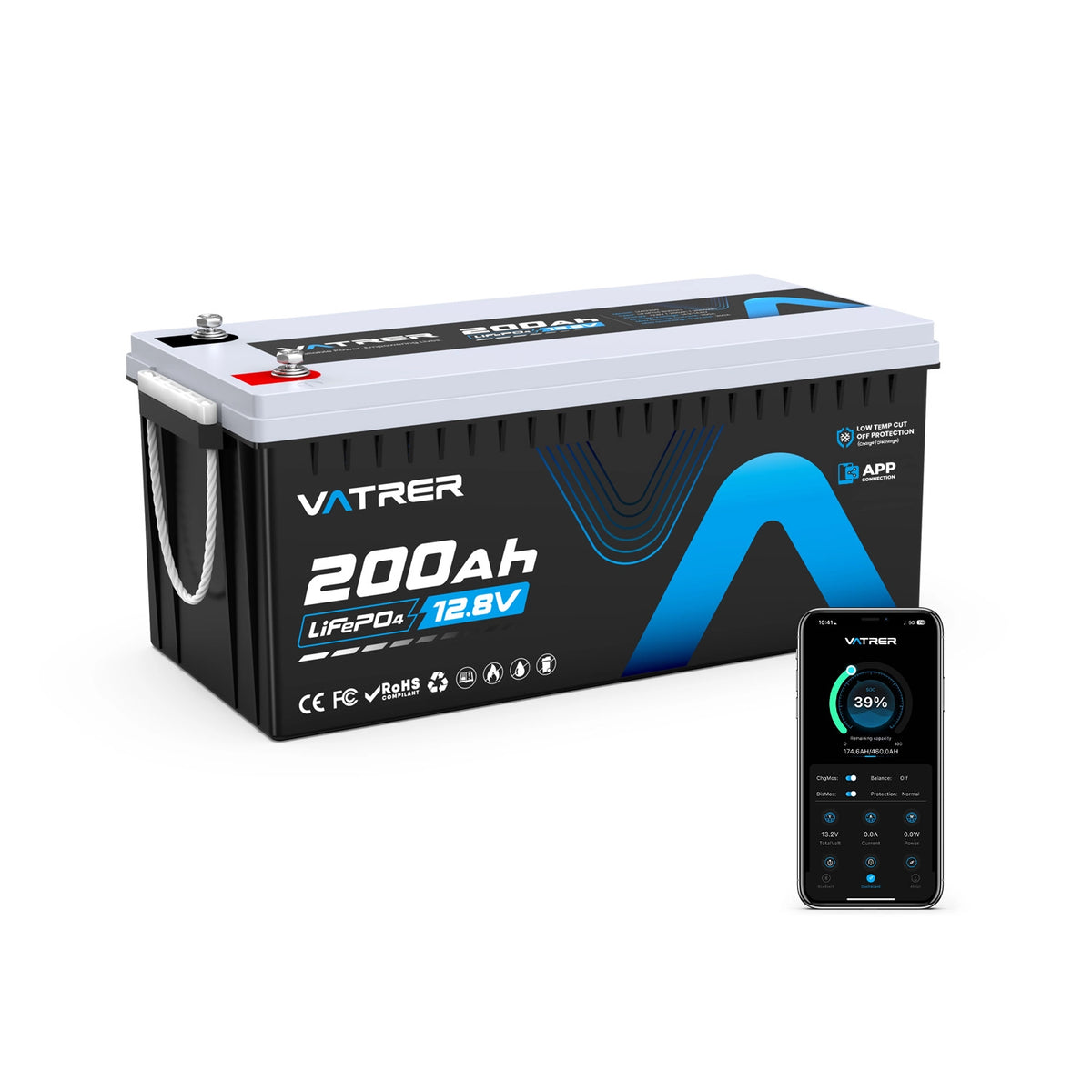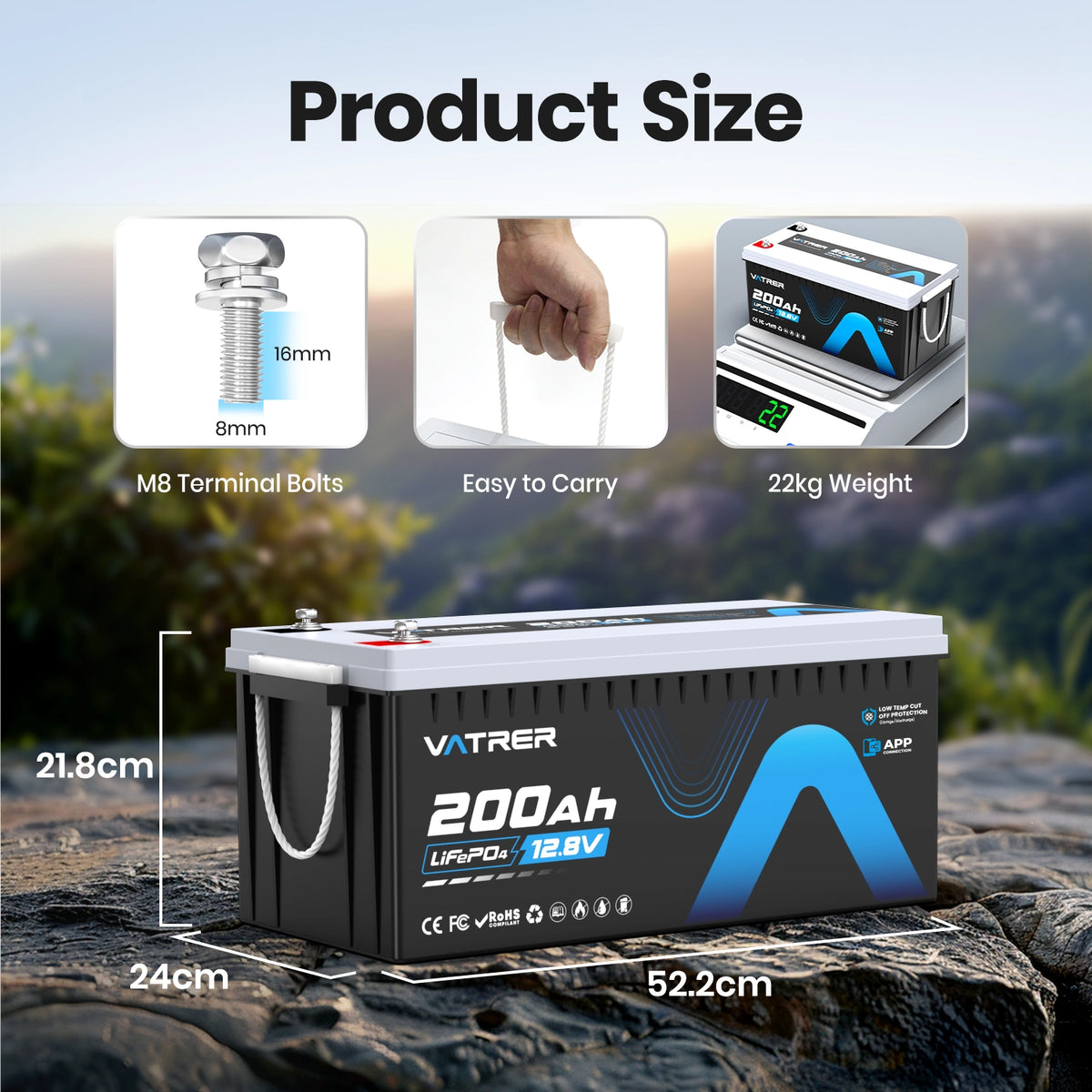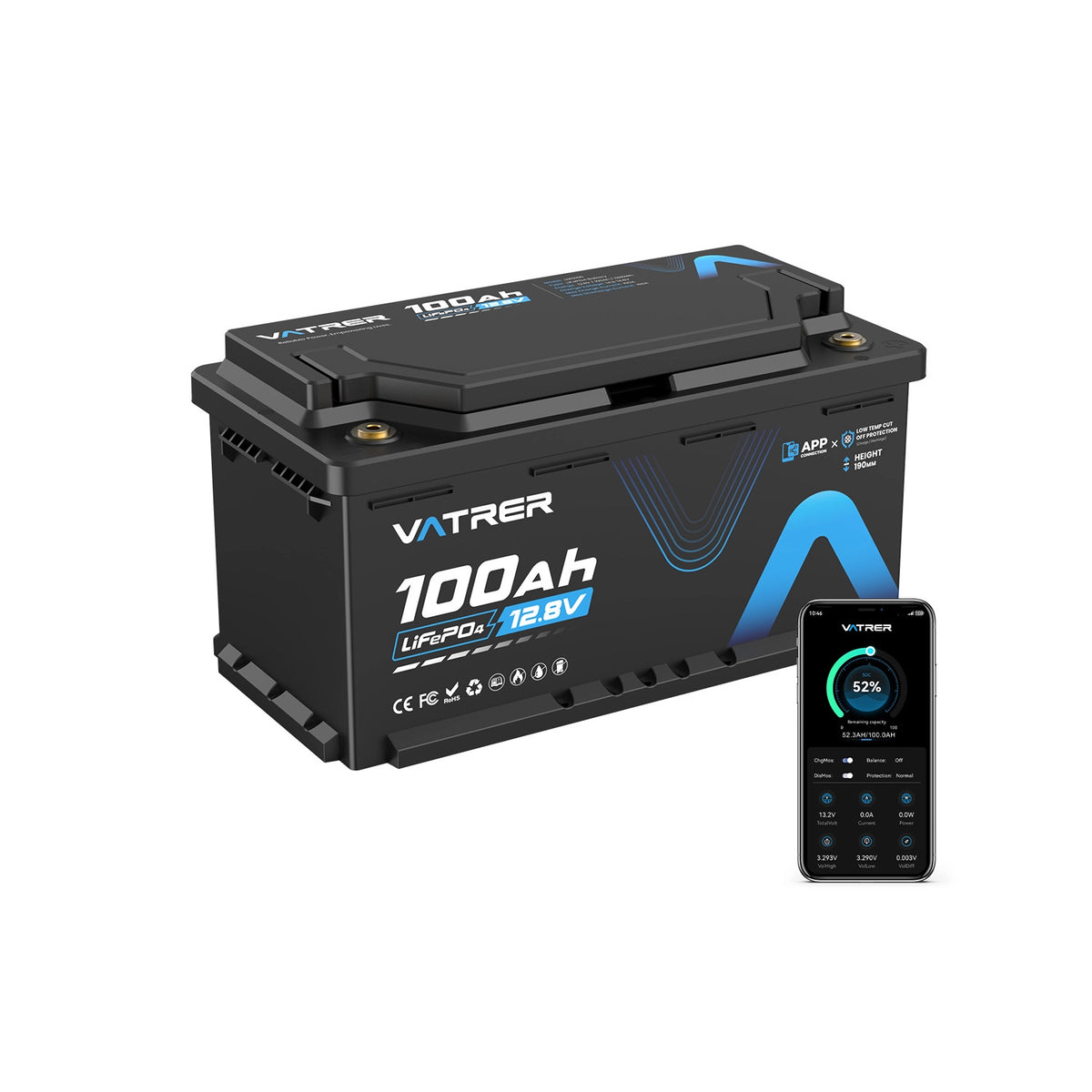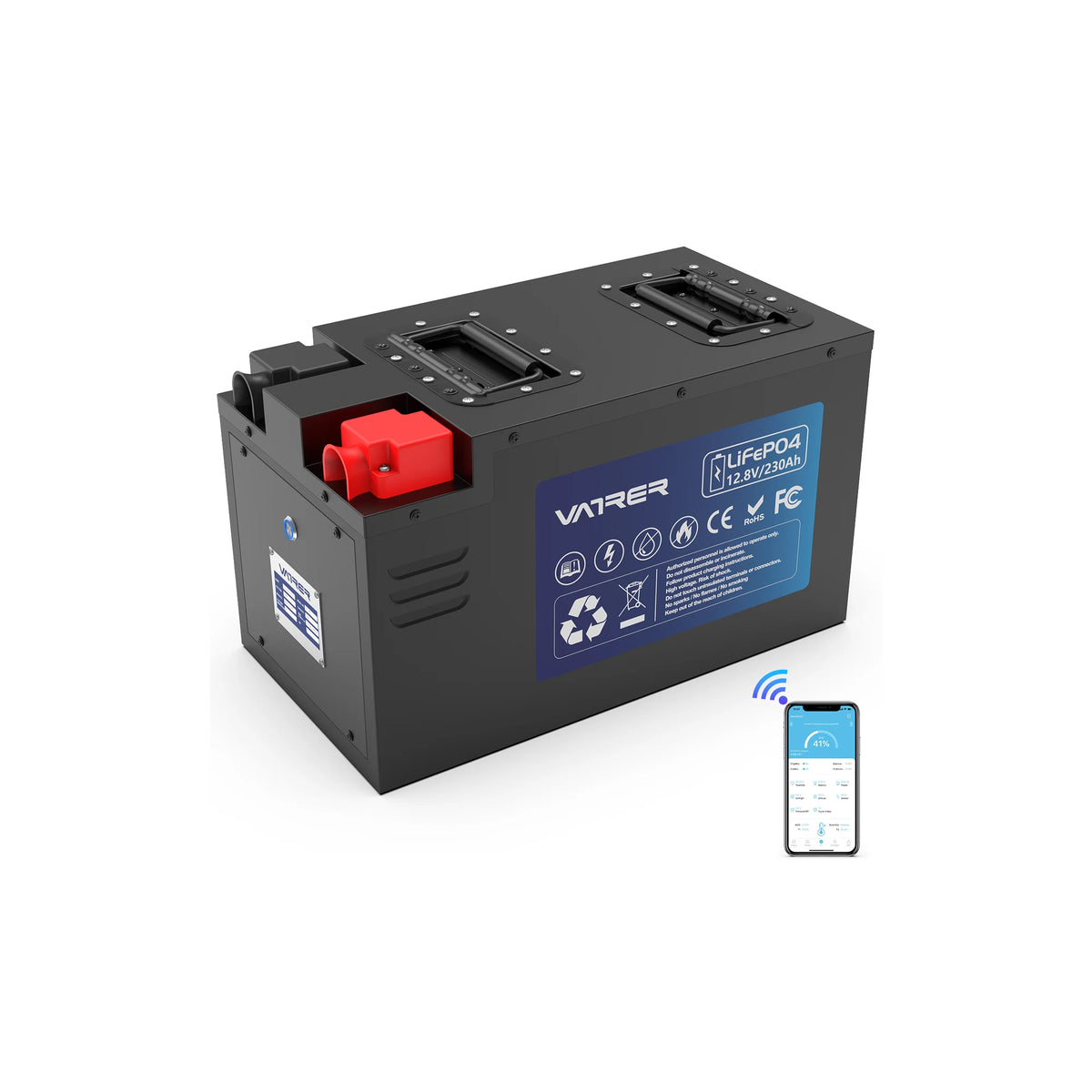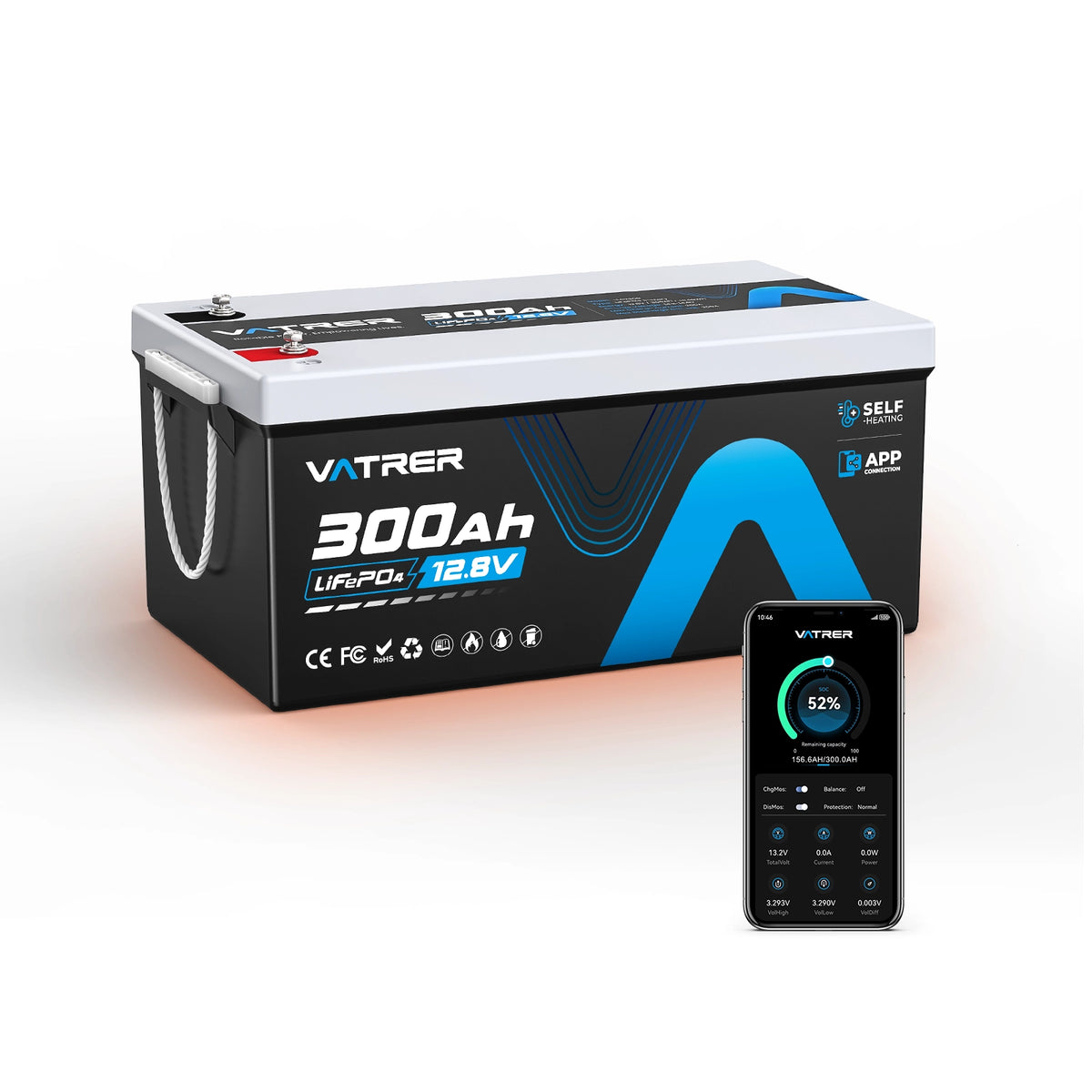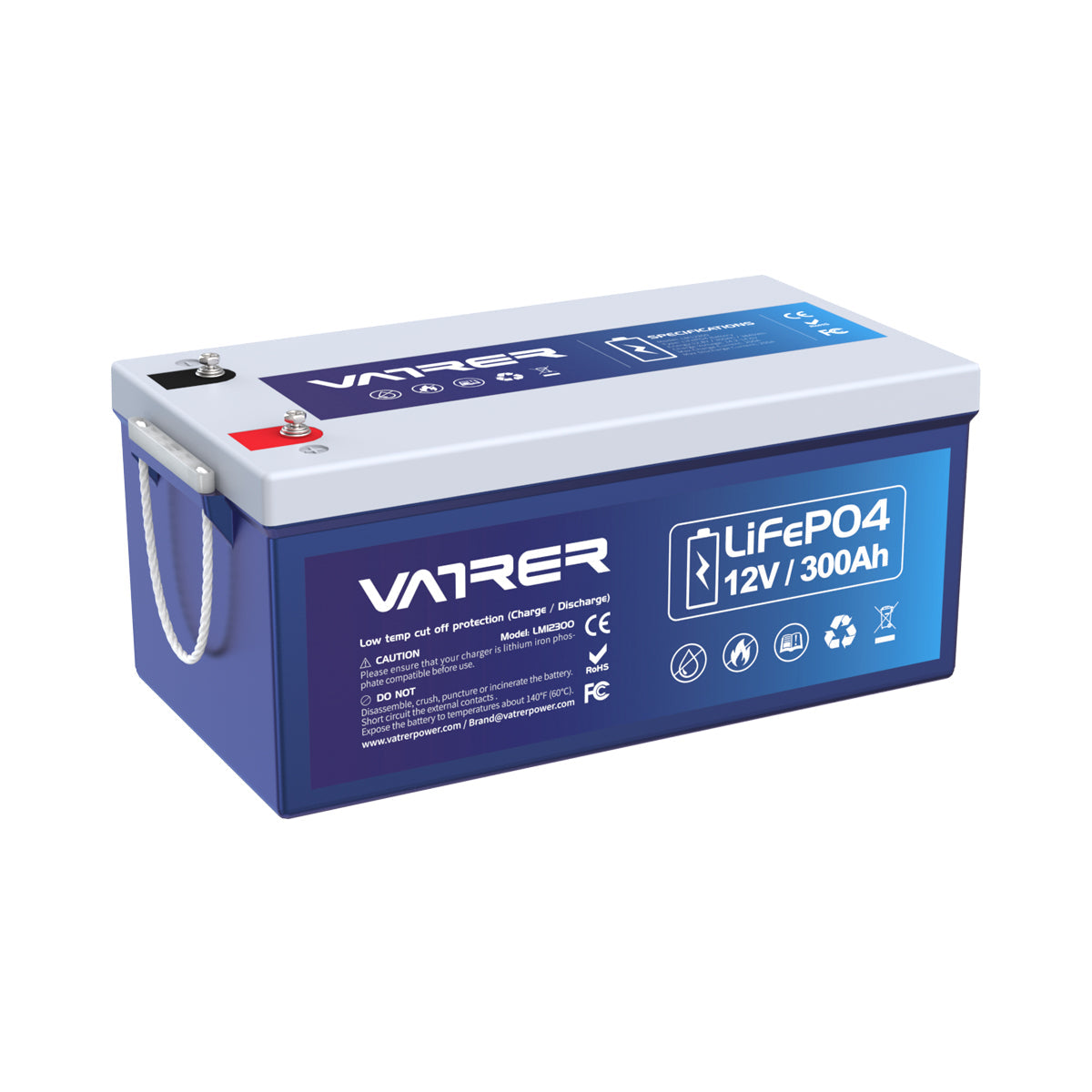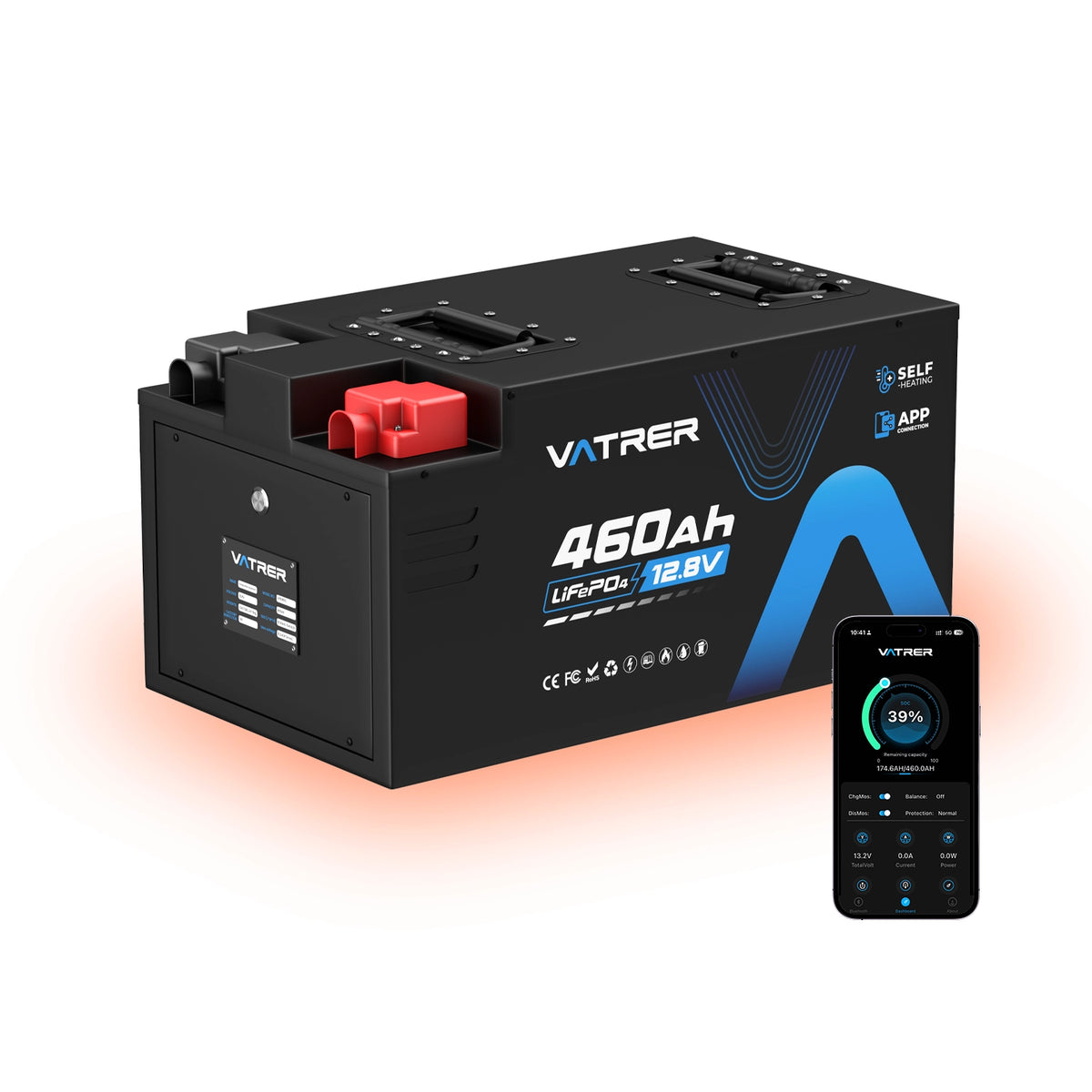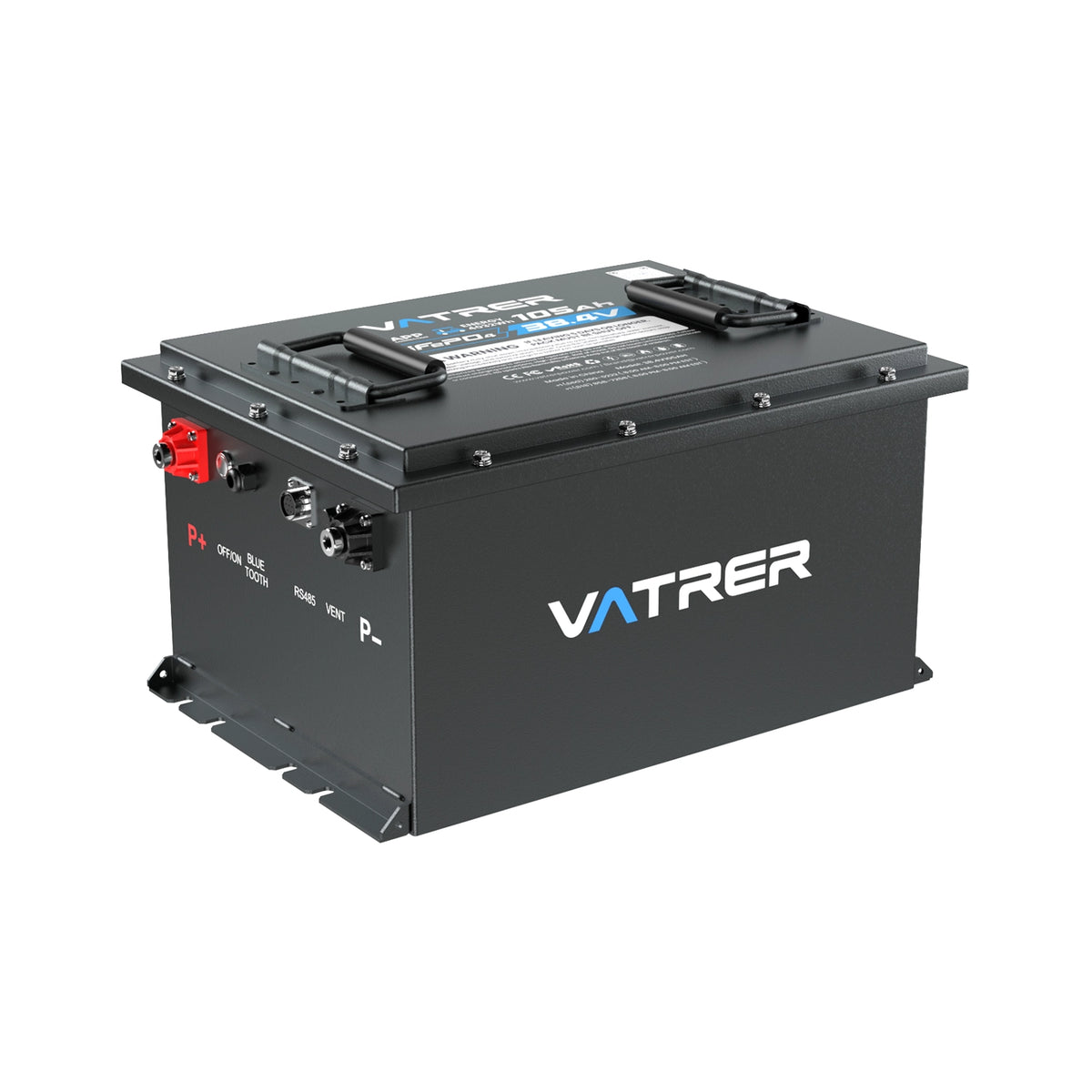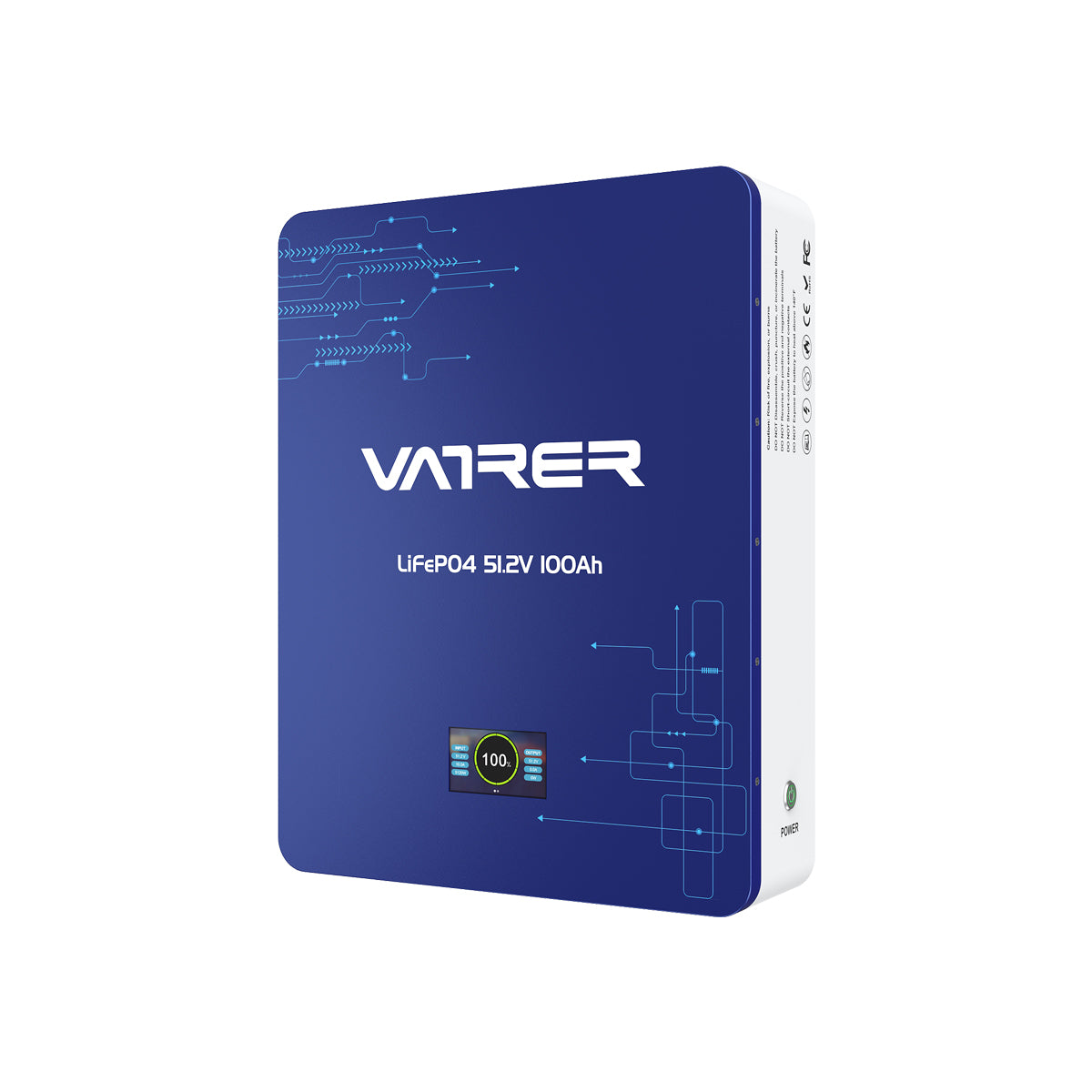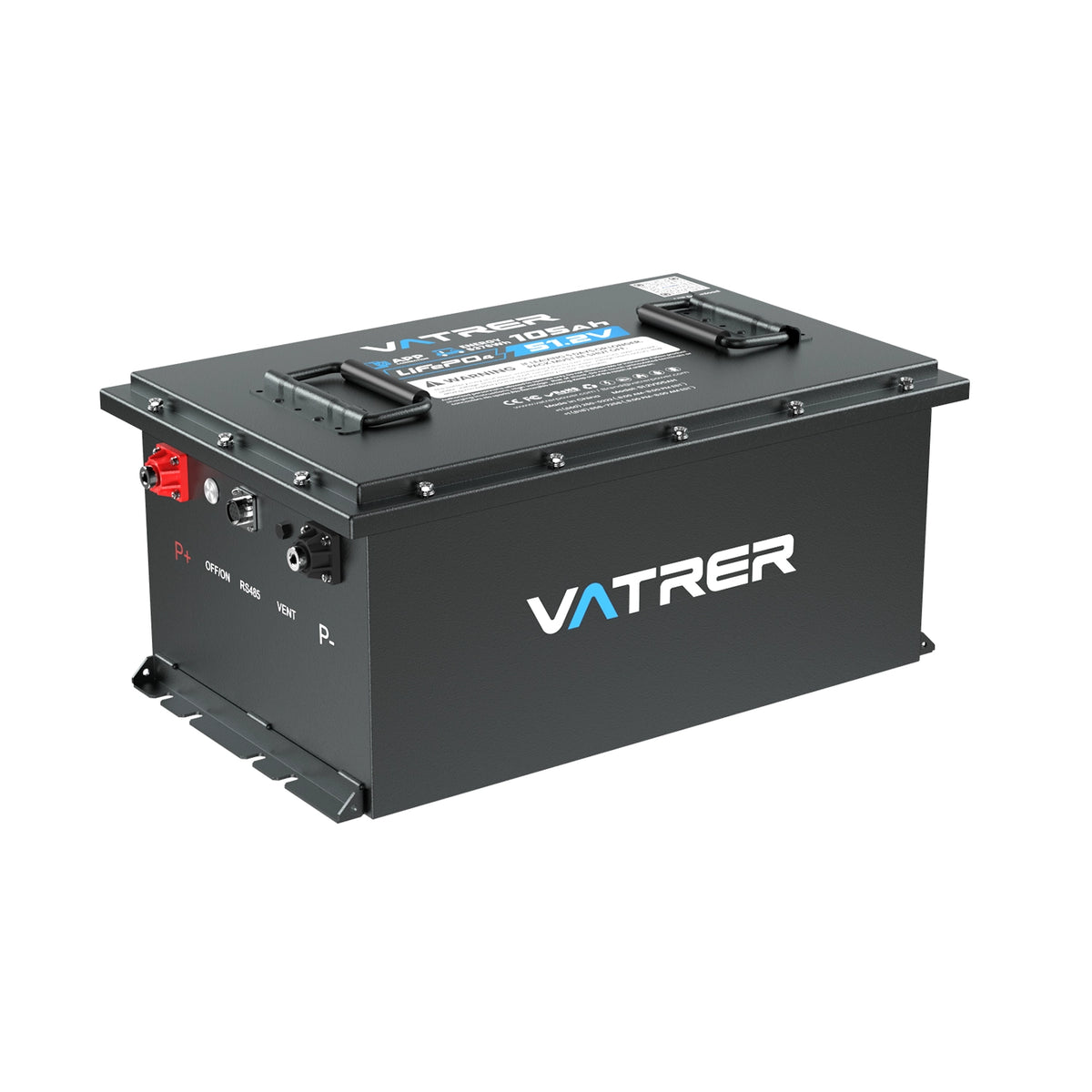When it comes to rechargeable batteries, there are several types available in the market, each with its own set of characteristics and applications. Among the most popular are lithium-ion (Li-ion) and lithium iron phosphate (LiFePO4) batteries. While they share some similarities, they are fundamentally different in their composition, performance, and use cases. This article aims to explore the distinctions between these two types of batteries and provide a comprehensive understanding of their respective advantages and disadvantages.
Understanding Lithium-Ion Batteries
Composition and Chemistry
Lithium-ion batteries are composed of a lithium cobalt oxide (LiCoO2) cathode, a graphite anode, and a liquid electrolyte that facilitates the movement of lithium ions between the electrodes. This type of battery is known for its high energy density, which means it can store a significant amount of energy in a relatively small and lightweight package.
Applications
Due to their high energy density, lithium-ion batteries are widely used in portable electronics such as smartphones, laptops, and tablets. They are also commonly used in electric vehicles (EVs) and various power tools because they can deliver a large amount of power over a short period.
Advantages
-
High Energy Density: Lithium-ion batteries can store more energy per unit weight compared to other types of rechargeable batteries.
-
Lightweight: Their light weight makes them ideal for portable applications.
-
Low Self-Discharge: They lose charge at a slower rate when not in use compared to other battery types.
Disadvantages
-
Safety Concerns: Lithium-ion batteries can overheat and are prone to thermal runaway, leading to fires or explosions if not managed properly.
-
Cost: They are generally more expensive to produce than other types of batteries.
-
Cycle Life: They have a shorter cycle life compared to some other battery types, meaning they can only be charged and discharged a limited number of times before their performance degrades significantly.
Understanding Lithium Iron Phosphate (LiFePO4) Batteries

Composition and Chemistry
Lithium iron phosphate batteries use lithium iron phosphate (LiFePO4) as the cathode material, a graphite anode, and a similar liquid electrolyte to that used in lithium-ion batteries. The key difference in chemistry provides these batteries with distinct characteristics.
Applications
LiFePO4 batteries are commonly used in applications where safety, longevity, and thermal stability are crucial. They are popular in energy storage systems, electric bicycles, and certain types of EVs. They are also used in various industrial applications, including backup power supplies and solar energy storage.
Advantages
-
Safety: LiFePO4 batteries are more thermally and chemically stable, reducing the risk of thermal runaway and making them safer to use.
-
Long Cycle Life: They can be charged and discharged many more times (often over 2000-3000 cycles) compared to lithium-ion batteries.
-
Thermal Stability: These batteries can operate efficiently at a wider range of temperatures.
Disadvantages
-
Lower Energy Density: They have a lower energy density compared to lithium-ion batteries, meaning they are heavier and bulkier for the same amount of stored energy.
-
Higher Initial Cost: While they tend to be more cost-effective over their lifespan, the initial purchase price can be higher.
-
Voltage: LiFePO4 batteries have a lower nominal voltage (typically 3.2V per cell) compared to lithium-ion batteries (typically 3.7V per cell), which might require different configurations for certain applications.
Key Differences Between Lithium-Ion and Lithium Iron Phosphate Batteries
-
Energy Density: Lithium-ion batteries have a higher energy density compared to LiFePO4 batteries, making them more suitable for applications where weight and size are critical.
-
Safety: LiFePO4 batteries are safer and more stable, making them ideal for applications where safety is a primary concern.
-
Cycle Life: LiFePO4 batteries typically offer a longer cycle life, making them more cost-effective over the long term despite a higher initial cost.
-
Thermal Stability: LiFePO4 batteries perform better in a wider range of temperatures and are less prone to overheating.
Conclusion
While lithium-ion and lithium iron phosphate batteries both play crucial roles in today's energy landscape, they are not the same. Each type has its unique advantages and is suited to different applications. Understanding these differences can help consumers and industries make informed decisions based on their specific needs, whether it be for portable electronics, electric vehicles, or energy storage solutions.







